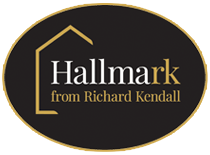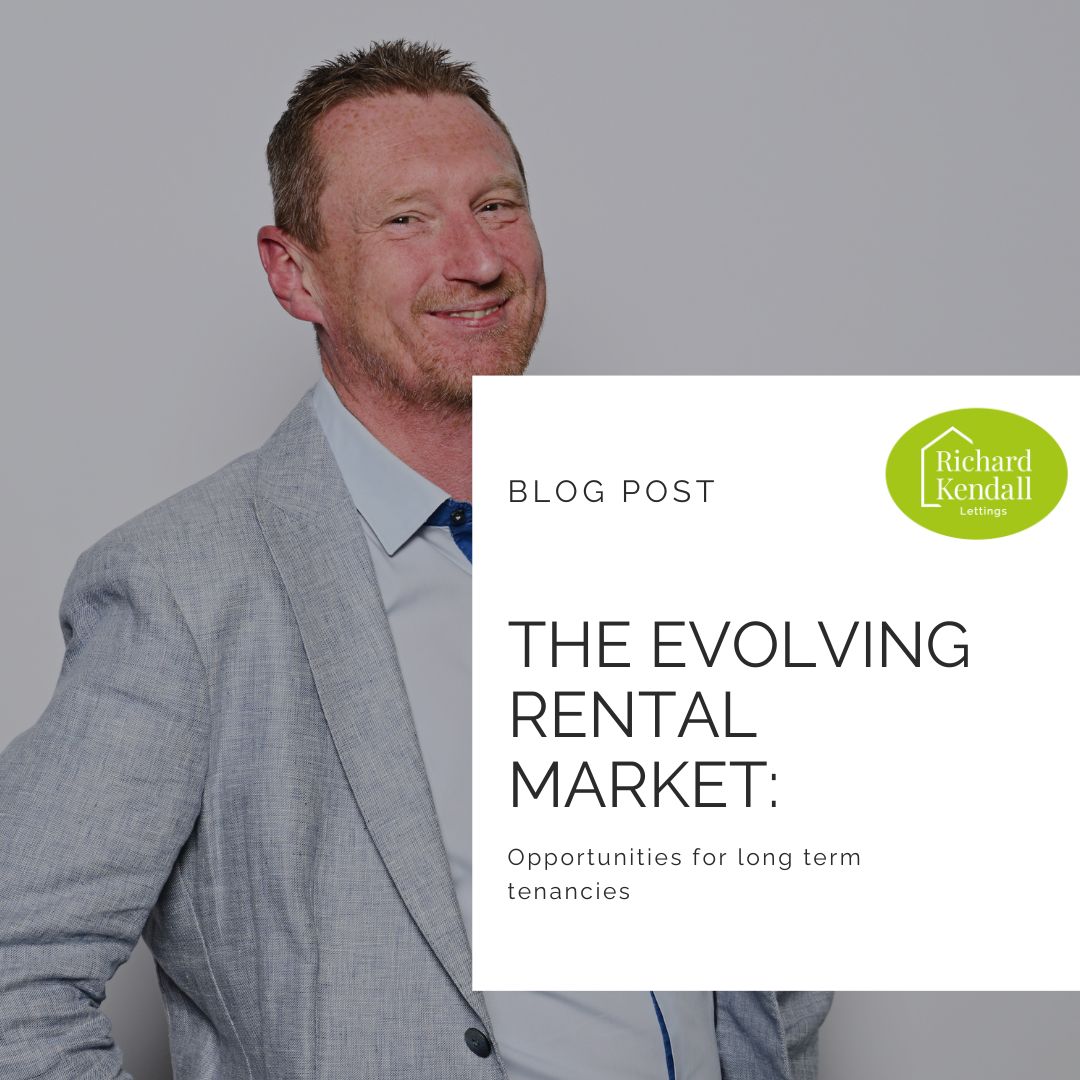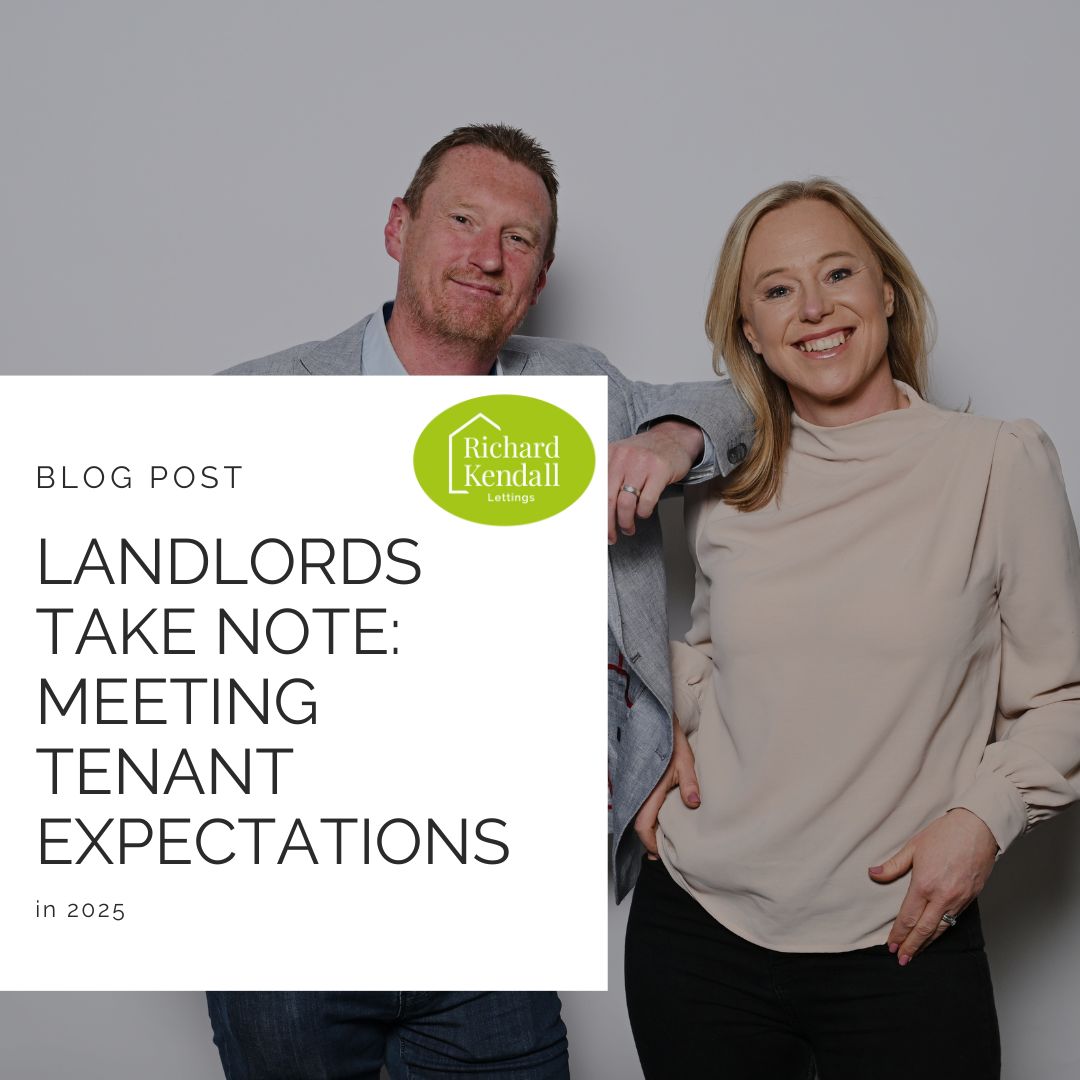- Details
- Hits: 3076
Beyond short lets and constant turnover
In a market that’s grown used to high demand and quick lets, it might be tempting to focus solely on fast turnover. But the most successful landlords in 2025 are increasingly shifting their focus toward stability - and that means cultivating long-term tenancies.
Tenants today aren’t just looking for somewhere to rent - they are looking for somewhere to stay. Many renters, from young professionals to families and retirees, want to put down roots without the pressure of buying. For landlords, this presents a clear opportunity: long-term tenants can be a cornerstone of a more reliable, less stressful rental experience.
Why long-term makes sense
The financial benefits are significant. Long-term tenants reduce the frequency of costly void periods, minimise wear and tear from constant moving, and lessen administrative demands like referencing and contract renewals. More importantly, they often care for the property more attentively, treating it as their home rather than a temporary stopgap.
- Details
- Hits: 3210
A home is more than four walls
Over the past five years, the concept of home has undergone a quiet but significant transformation. Shaped by changing lifestyles, global events, and shifting expectations, what people want and need from their living spaces has grown far beyond the traditional. Today, homes are not just places to live - they are places to work, relax, create, and connect.
The rise of multi functional spaces
Remote and hybrid working have turned dining tables into desks and spare rooms into permanent home offices. Buyers and tenants now prioritise adaptable layouts that can shift with their routines. Open plan spaces that flow naturally between living, working, and entertaining zones are more in demand than ever.
- Details
- Hits: 2051
A new era of renting
As we move further into 2025, the rental sector continues to evolve - and so do tenant expectations. The days when a basic property in a good location would let itself are behind us.
Today’s tenants are informed, discerning, and seeking more than just four walls and a roof. For landlords, adapting to these preferences isn’t just a nice-to-have - it’s the key to staying competitive.
The rise of quality and value
Tenants now place a premium on well-maintained, thoughtfully presented properties. They’re not necessarily looking for luxury, but they do expect cleanliness, modern functionality, and comfort.
Neutral décor, updated kitchens and bathrooms, and good lighting are no longer considered upgrades - they’re the baseline. Investing in quality upfront can mean shorter voids, longer tenancies, and fewer maintenance calls down the line.
- Details
- Hits: 2167
Selling a property can be an exciting but complex process and having all your documents in order can help things run smoothly. Whether you are a first time seller or have experience in the property market, knowing which documents you need to prepare can save you time and stress. Here’s a simple checklist to get your documents ready before you list your property for sale.
Title deeds: confirming ownership
First, ensure you have your title deeds in hand. These confirm that you are the legal owner of the property. If your property is registered with the Land Registry, you can obtain an official copy of the deeds from them. If there are any restrictions or legal obligations on the property, these should be outlined in the deeds, so having them ready will help clarify any issues.
Energy performance certificate (EPC)
Next, gather your Energy Performance Certificate (EPC). This document is required by law for anyone selling or renting a property and provides potential buyers or tenants with an energy rating for the property. If your property doesn’t already have a valid EPC, we have our own team of Domestic Energy Assessors here at Richard Kendall Estate Agent who can carry out the assessment for you before you list your property.
Simply contact us to arrange this service.
- Details
- Hits: 2170
When it comes to buying property, leasehold properties are a popular option, especially in urban areas where freehold properties can be harder to come by. However, before committing to a leasehold, it’s essential to understand the unique considerations that come with it. Leasehold ownership means you own the property, but the land it sits on is owned by someone else – typically a freeholder. This can affect everything from the length of the lease to the cost of maintenance and ground rent, so it’s vital to approach with the right information.
Check the length of the lease
One of the first things to check is the length of the lease. If the lease has fewer than 80 years left, it could significantly impact the value of the property and make it more difficult to secure a mortgage. If you find a property you’re interested in, it's a good idea to ask the seller to extend the lease before you proceed with the purchase. This can help avoid complications later on.














